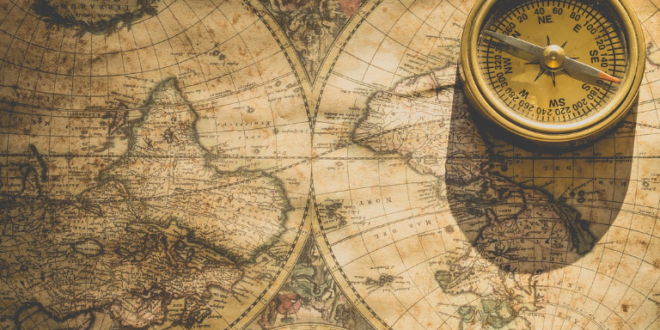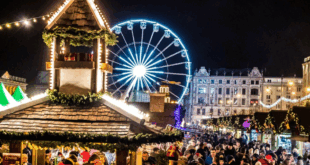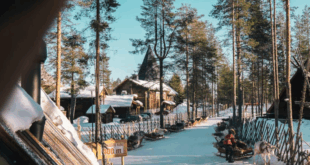The concept of leisure travel, the act of journeying for pleasure rather than necessity, has a rich and fascinating history that spans millennia. From the earliest forms of recreational travel in ancient civilizations to the modern-day tourism industry, the evolution of leisure travel reflects humanity’s innate desire for exploration, relaxation, and cultural exchange. Let’s embark on a journey through time to uncover the fascinating history of leisure travel.
Ancient Civilizations: The Origins of Travel for Pleasure
Leisure travel has its roots in ancient civilizations, where privileged individuals embarked on journeys for leisure and enlightenment. In ancient Egypt, wealthy citizens traveled along the Nile River to visit sacred temples, partake in religious festivals, and admire the wonders of the pharaohs’ tombs. Similarly, in ancient Greece, citizens embarked on pilgrimages to religious sites such as the Oracle of Delphi or sought intellectual stimulation in the philosophical schools of Athens.
The Grand Tours of the Renaissance Era
During the Renaissance era in Europe, the tradition of the Grand Tour emerged among the aristocracy and upper classes. Young men from wealthy families embarked on extended journeys across Europe to immerse themselves in the cultural and artistic treasures of the continent. The Grand Tour typically included visits to iconic cities such as Rome, Florence, and Venice, where travelers admired classical art and architecture, studied ancient ruins, and cultivated their knowledge of literature, history, and languages.
The Rise of Tourism in the Industrial Age
The advent of the Industrial Revolution in the 18th and 19th centuries brought about significant changes in leisure travel. Improved transportation infrastructure, such as railways and steamships, made travel more accessible and affordable to the masses. With the introduction of paid vacations and leisure time, working-class individuals began to explore new destinations for recreation and relaxation. Seaside resorts, spa towns, and national parks became popular destinations for urban dwellers seeking respite from the hustle and bustle of city life.
The Golden Age of Travel in the 20th Century
The 20th century witnessed the rise of mass tourism, fueled by advancements in transportation, communication, and technology. The introduction of commercial airlines and the proliferation of automobiles made long-distance travel more convenient and efficient. Post-World War II prosperity and the emergence of the middle class further fueled the growth of leisure travel, with families embarking on road trips, cruises, and international vacations to explore new cultures and destinations.
The Digital Age and Beyond: Modern Trends in Leisure Travel
In the digital age, leisure travel has undergone further transformation, thanks to the internet, social media, and mobile technology. Travelers now have access to a wealth of information, resources, and booking platforms at their fingertips, allowing them to research destinations, plan itineraries, and book accommodations with ease. The rise of experiential travel and sustainable tourism has also influenced the way people approach leisure travel, with an increasing emphasis on immersive cultural experiences, responsible environmental practices, and off-the-beaten-path destinations.
From its humble origins in ancient civilizations to its modern-day incarnation as a multi-billion-dollar industry, the history of leisure travel reflects humanity’s innate desire for exploration, adventure, and cultural exchange. Over the centuries, leisure travel has evolved from a privilege enjoyed by the elite to a cherished pastime accessible to people from all walks of life. As we continue to embrace new technologies and trends in travel, one thing remains constant: the enduring appeal of discovering new destinations, forging lasting memories, and experiencing the wonders of the world.
 Travellers Club The Travellers Club, a free to join on-line club for everyone who loves to travel.
Travellers Club The Travellers Club, a free to join on-line club for everyone who loves to travel.









